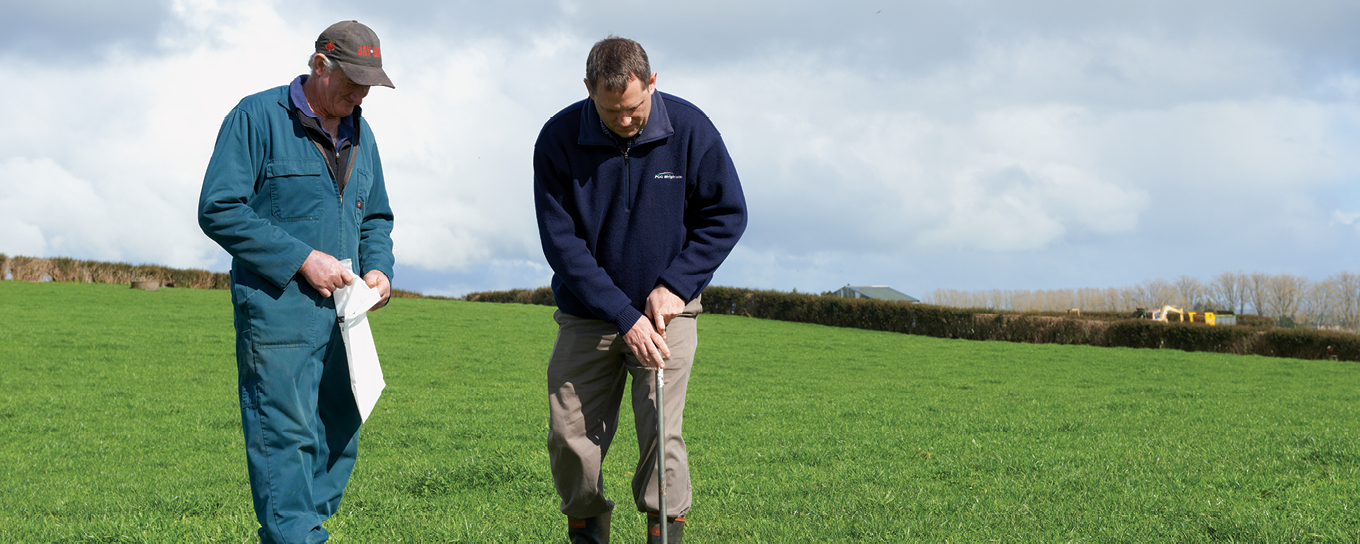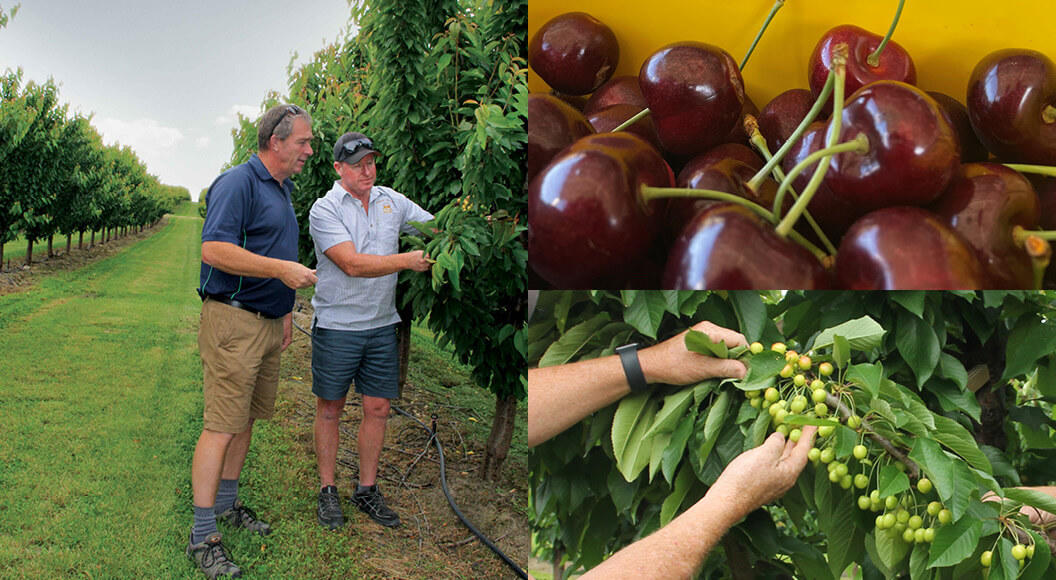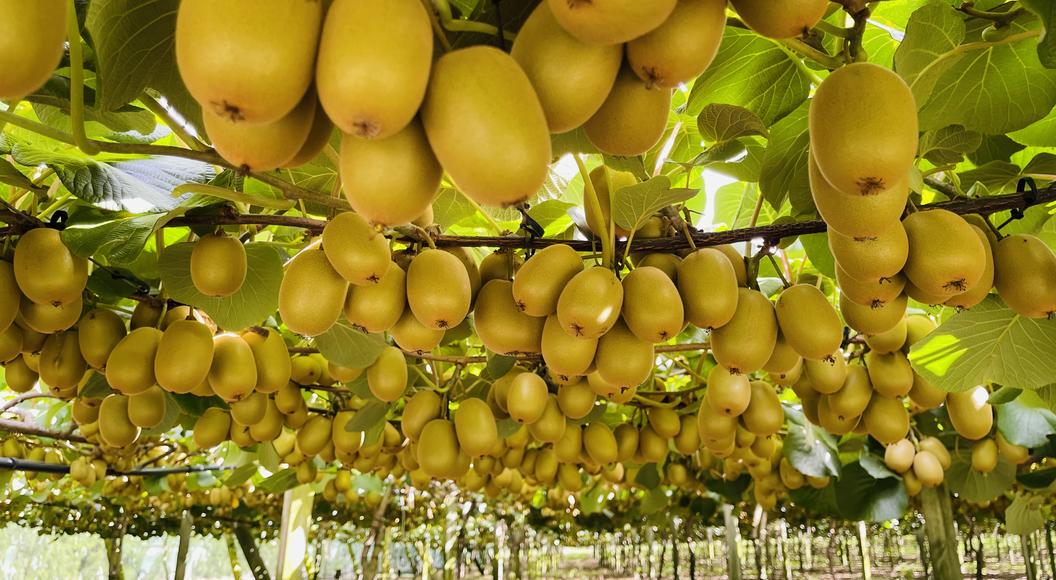
Different soil types require unique management
This is the third article of a three-part series that takes a closer look at New Zealand soils. This month, I focus on the different management strategies that are required for the four distinct soil types that were discussed in the last issue.
New Zealand soils are generally young (comparatively worldwide), made from inherently different parent materials of different origins. Soil types have varying nutrient availability and respond to applied fertiliser uniquely.
Pumice soils
Pumice soils can recover quickly from intensive grazing, and soil compaction of the topsoil is usually not a problem. However, protecting them from pugging damage is important as they can erode easily if the pasture is exposed by stock. Cultivation should also be kept to a minimum. These soils are loose, friable, and have a low bulk density which makes them perfect for low/no till methods of planting. Pumice soils are naturally deficient in Phosphorus (P), Potassium (K), Magnesium (Mg) and Sulphur (S) and always need yearly applications of these nutrients if they are to remain productive. Cobalt (Co) and Selenium (Se) are two trace elements that are lacking in pumice soils and need to be added to yearly fertiliser applications.
Organic/peat soils
These soils usually need some kind of artificial drainage to be productive. Over drainage (drains that are too deep) of these soils can make them dry in summer. This can cause subsidence (sinking soil), poor summer growth and hydrophobicity. By keeping drains shallow and/or controlling the water table, you minimise many of these problems. As for pumice soils, cultivation should be kept to a minimum, and low/no tillage methods are recommended. These soils have high cation exchange capacities, and a naturally low pH. Accordingly, they need larger lime applications to increase or maintain pH than other New Zealand soil types. As these soils often have small amounts of mineral material, nutrient deficiencies are common, especially P and S and some trace elements.
Sedimentary soils
This soil type is the most common soil in New Zealand. It is no surprise it is comprised of many soil orders and groups. So the management of these soils can only be described at a generic level. Some sedimentary soils naturally provide considerable amounts of K (from soil clay minerals) for plant growth. Some of these soils are unlikely to require capital applications of K and may not even require maintenance K applications. Sedimentary soils tend to have medium-to-low Anion Storage Capacity (ASC), and therefore require lower rates of maintenance or capital P fertilisers compared to other soil types. Given the low ASC, they tend to be responsive to S fertiliser in the spring, especially after a wet winter. Some sedimentary soils are poorly or imperfectly drained and prone to soil damage from grazing animals. Cultivation also has to be carefully timed to avoid soil damage as these soils take longer to dry out than other soil types. Some sedimentary soils can be low in Molybdenum (Mo) and need periodic applications of this nutrient to ensure optimal clover growth.
Ash soils
Ash soils include some of New Zealand’s most productive soils, and have naturally good soil structure and bulk density. These soils tend to tolerate the impacts of machinery and grazing animals better than other soil types. Cultivation still needs careful management to preserve topsoil structure, as some of these soils have limited workability when wet. Ash soils generally have naturally low levels of K, and can respond well to K fertiliser. These soils usually have a higher ASC than the other soil types, and therefore need larger amounts of maintenance and capital P fertiliser compared to the other soil groups. These soils also generally tend to have higher sulphate-sulphur levels, again due to the higher ASC.
For more information on your property’s soil type or to arrange a soil test, talk to your local PGG Wrightson Technical Field Representative.


